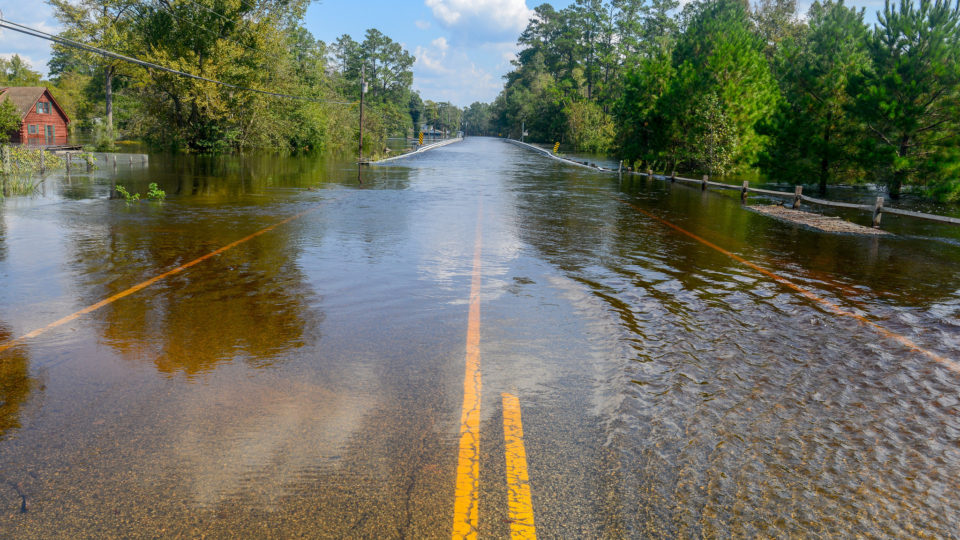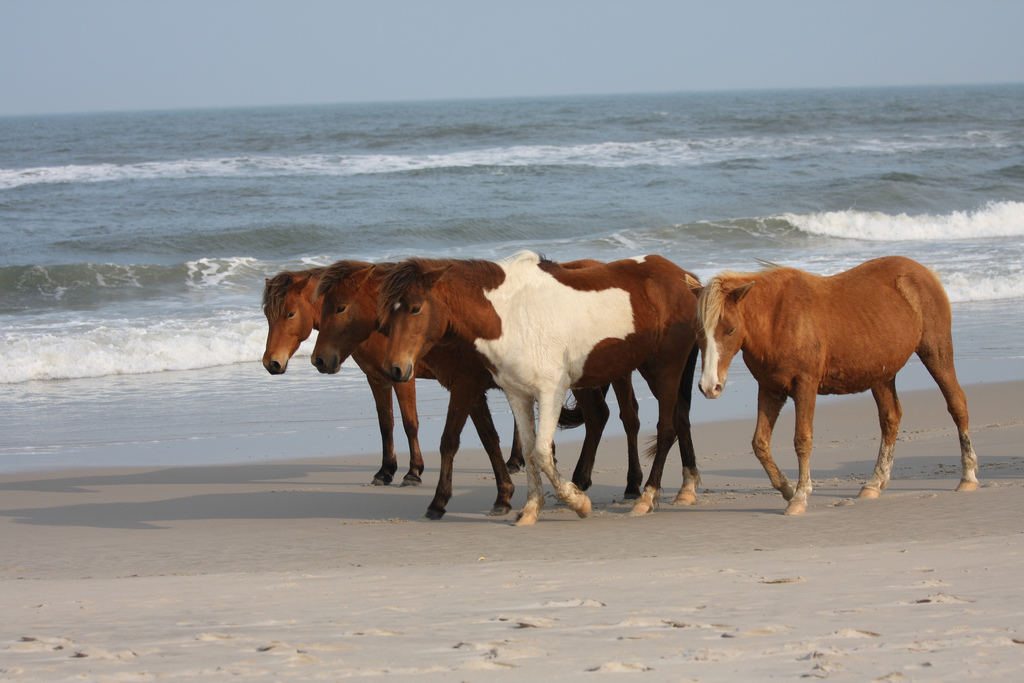Seagrass is found in shallow waters in many parts of the world. They are plants with roots, stems, and leaves, and produce flowers and seeds. They can form dense underwater meadows that constitute some of the most productive ecosystems in the world. Seagrasses provide shelter and food to a diverse community of animals including tiny invertebrates, fish, crabs, turtles, marine mammals and birds.
In the late 1920s, a pathogen began killing seagrasses off the coast of Virginia. In 1933, a hurricane finished them off completely. For nearly 70 years thereafter, the bay bottoms of the Virginia coast were muddy and barren, essentially devoid of fish, shellfish, mollusks and other creatures that inhabit seagrass meadows. The local scallop industry was no more.
The largest seagrass restoration project ever attempted has changed all that. During the past 21 years, scientists and volunteers have spread more than 70 million eelgrass seeds within four previously barren seaside lagoons. This has spurred a natural propagation of meadows that have so for grown to almost 9,000 acres, the largest eelgrass habitat between North Carolina and Long Island Sound.
The long-term research conducted by the team from the University of Virginia shows that the success of the seagrass restoration project is improving water quality, substantially increasing the abundance of fish and shellfish in the bays, and capturing carbon from the water and atmosphere and storing it in the extensive root systems of the grasses and in the sediment below.
The study shows that marine restorations are possible on scales that contribute directly to human well-being.
**********
Web Links
Some Good News: Seagrass Restored to Eastern Shore Bays is Flourishing
Photo, posted May 17, 2019, courtesy of Virginia Sea Grant via Flickr. Photo credit: Aileen Devlin | Virginia Sea Grant.
Earth Wise is a production of WAMC Northeast Public Radio.


